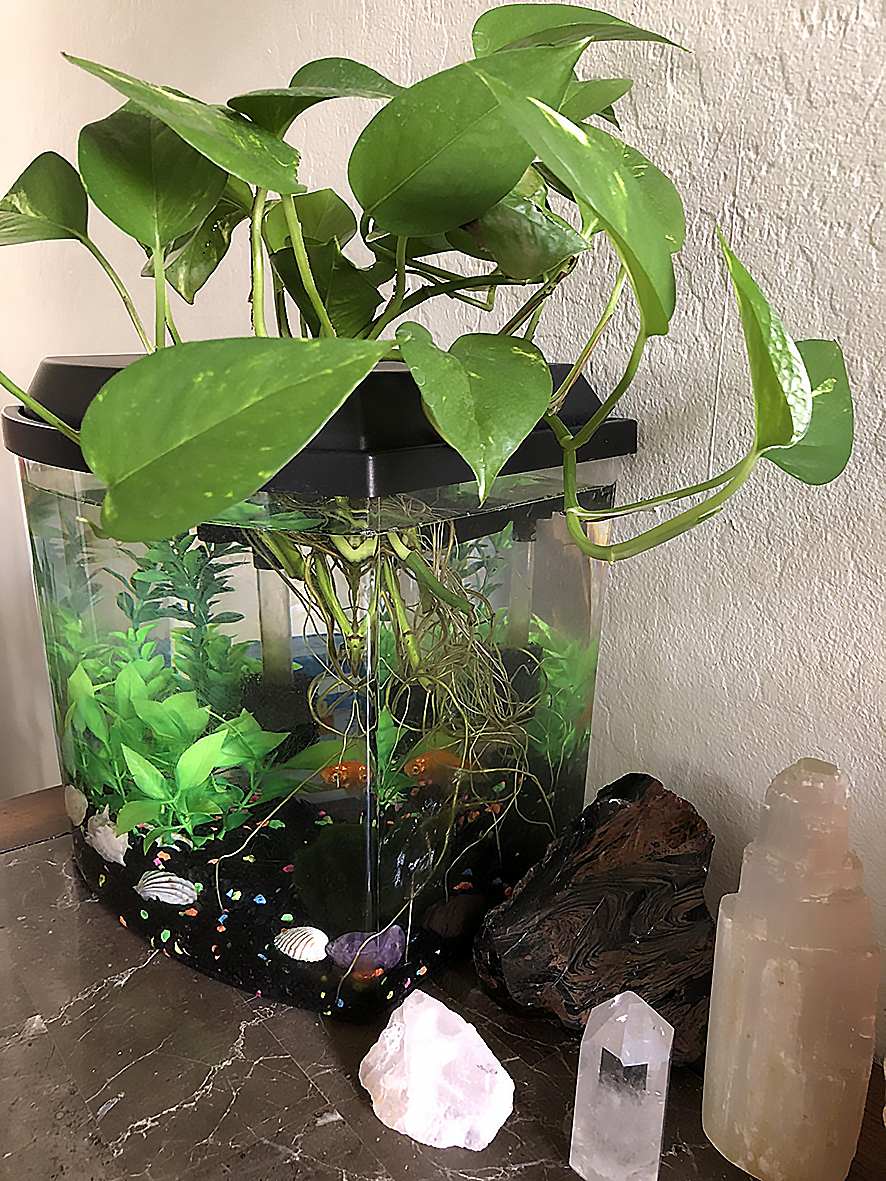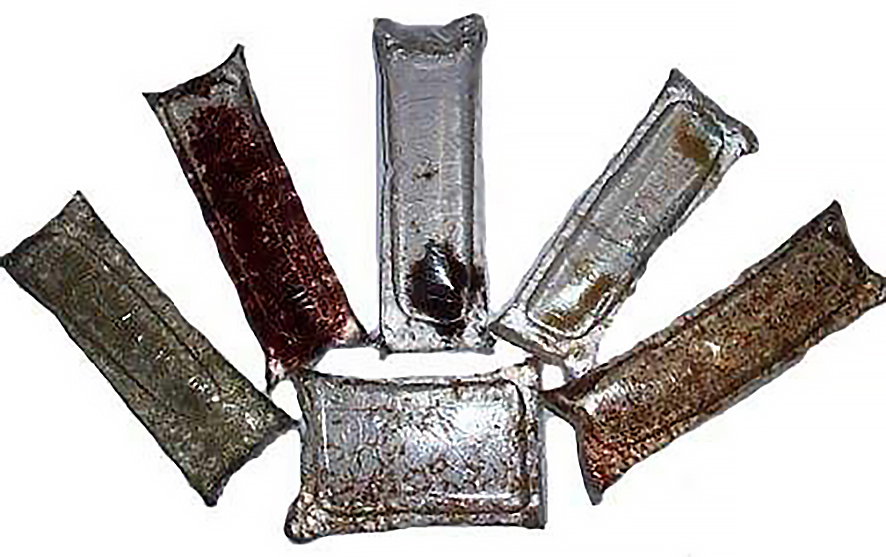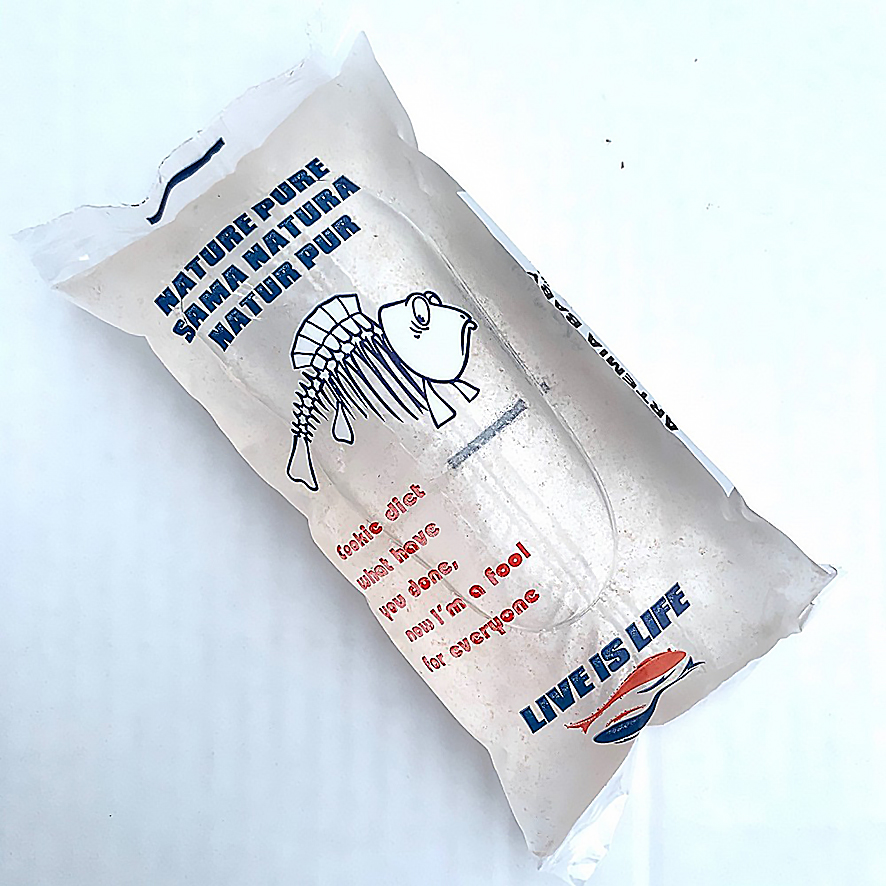︎Nico Sebastian Meyer
Protocooperational Cannibalism







︎Noëmi Ceresola
Oral abort/Cannibalistic Love



︎Download PDF
︎Nico Sebastian Meyer
Protocooperational

Protocooperation
In ecology, proto-cooperation (from Greek protos = foremost, first and Latin cooperatio = participation) describes the loosest form of symbiosis, i.e. a relationship between individuals of different species. Both species benefit from the relationship with the cooperation partner. For both species, however, this ‘cooperation’ is not obligatory, i.e. they are able to survive without protocol cooperation.
Synergy or synergism (Greek synergía, or synergismós, ‘cooperation’) refers to the interaction of living beings, substances or forces in the sense of ‘mutually beneficial’ or a resulting common benefit.
That which is composed of parts so that it forms a whole, not in the manner of a heap, but like a syllable, is obviously more than the sum of its parts. A syllable is not the sum of its lute; ba is not the same as b plus a, [...] The syllable is thus something in itself; it is not only its lute, [...] but something more.’ Aristotle: Metaphysics.






Larvae of the chironomid / red mosquito larvae
Chironomidae, also known as danceflies or swarm flies, are a family of diptera and belong to the mosquito family (Nematocera). Worldwide there are about 5000 species of this animal group, about 570 species are known from Germany. These are mostly very small to medium-sized mosquitoes with body lengths between two and 14 millimetres.
Sugar mosquitoes are common worldwide and even occur in extreme habitats where other insects do not live. Thus, representatives of the genus Clunio can be found on the oceans and the species Belgica antarctica permanently on the Antarctic continent.
Due to their mass occurrence, sugar mosquitoes are of great importance in the food chain. Sugar mosquito larvae are the main food of many fish. Many birds use adult sugar mosquitoes as basic food for the rearing of their young.
The majority of mosquitoes form large flocks to find partners, so-called dance swarms, which can resemble billows of smoke in mass populations. A deployment of the fire brigade on the basis of these swarms has been proven several times.
In order to support breathing, the larvae regularly perform meandering movements that create a stream of water around the body. Species in oxygen-poor waters in particular are also usually red in colour, as they also use haemoglobin to transport oxygen in their haemolymph and can thus absorb oxygen dissolved in the water even more effectively. The red blood pigment of sugar mosquito larvae is similar to haemoglobin in human blood. They can cause allergies on contact with humans.
Sugar mosquitoes use a clever strategy to expand their geographical horizons: they send their larvae on their journey as stowaways in the intestines of migratory birds. Despite the adverse conditions in the birds' digestive tract, so many larvae survive this procedure that the insects are able to find new habitats. Until now it was unclear whether the young mosquitoes could survive the passage through the bird's intestine or not. For this reason, the researchers collected faecal samples from black-tailed godwits and searched them for live mosquito larvae. In fact, in three of the six samples they found larvae that had apparently not been damaged by the digestive processes. According to the researchers, traveling inside the birds opens up new habitats for the insects for several reasons. For example, although adult mosquitoes can fly, they can only reach a radius of about one kilometre. In addition, they only have wings for a very short period of their lives, which also restricts their ability to move. However, if they travel with the migratory birds, they are also mobile at other times of the year and reach areas that would otherwise be inaccessible to them.

